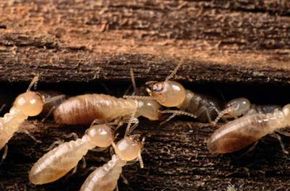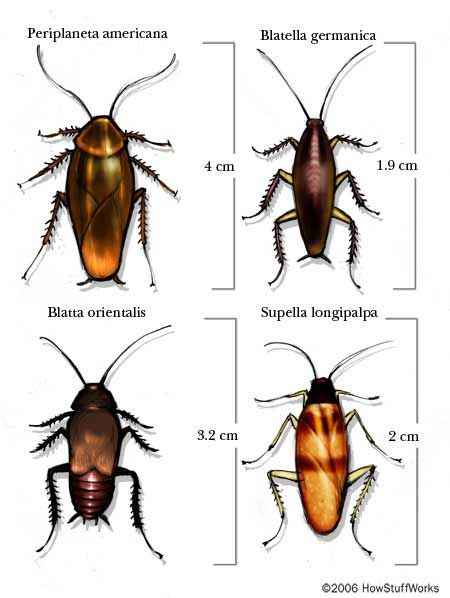In a lot of ways, termites are a paradox. They're strong enough to eat a house, but their bodies are soft, delicate and prone to drying out. Soldiers, whose sole job is to defend the colony, can't even feed themselves. Adult termites develop wings so they can leave the colony and find a new home, helping the termite population grow. But winged termites are terrible flyers, and most don't survive the journey.
Insect Image Gallery
Advertisement
At the same time, termites are survivors. They've existed for about 50 million years, and today there are close to 3,000 termite species living in most temperate parts of the world. In Africa and Australia, termites build enormous mounds that can last longer than the colony itself can survive. There are plenty of methods for discouraging termites from feasting on a person's home, but many species have a knack for finding ways around them. Once a colony moves in, it can be difficult to exterminate.
Lots of factors combine to allow termites to do all this. First, like many types of bees, termites are social. They cooperate to find food, raise young and build and defend nests. Second, they compensate for their weaknesses -- they keep their nests moist so their bodies don't dry out, and they build shelters to protect themselves from predators and the elements. Third, they do big things in small steps. They take tiny bites of wood to use as food, and they carry tiny particles of dirt and waste to build their homes. They also get help from even smaller organisms, like fungi, bacteria and protozoa.
In this article, we'll answer the most common questions about termites. How do they build such enormous mounds, and what do these mounds look like on the inside? How can homeowners keep termites away from their property or tell if there's an infestation taking over the woodwork? How can people tell the difference between swarming termites and flying ants? We'll begin by taking a look at how termites are able to eat and digest a substance people think of as inedible -- wood.


